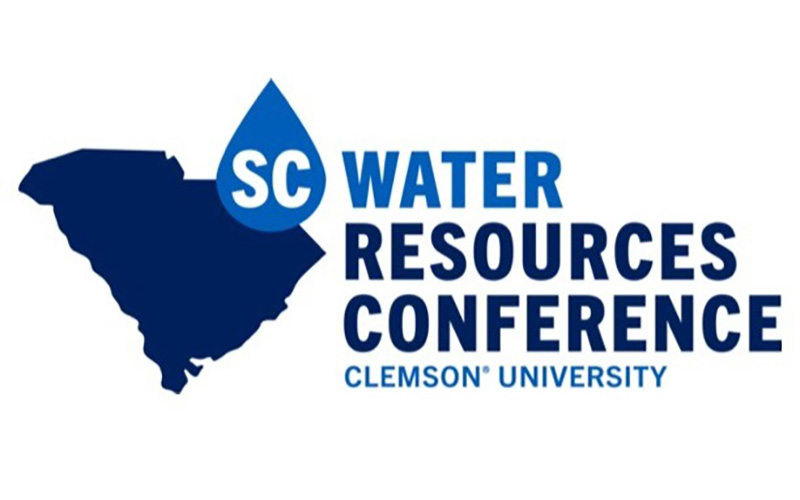Article Type
Full Research Article – Special Issue
Volume
9
Issue
2
Abstract
Buffer zones are ecotones between upland areas and adjacent water bodies. They often consist of plant communities that stabilize shorelines, act as barriers reducing transport of fertilizer and lawn debris into water bodies, uptake nutrients and heavy metals, and provide habitat for wildlife. Few regulations exist that require vegetated buffers around stormwater ponds, and their widespread implementation has not occurred around ponds in coastal South Carolina. This lack of regulation on buffer requirements has potentially reduced the effectiveness of stormwater ponds and highlights the need to identify barriers preventing residents from implementing vegetated buffers. To investigate the barriers preventing the installation or support for stormwater buffer zones in coastal communities, an electronic survey was sent by e-mail through the South Carolina Department of Natural Resources and Ashley Cooper Stormwater Education Consortium listservs. Of the 646 respondents, 382 met the study criteria and identified owning a property with a pond or living in a neighborhood with one. Respondents were asked questions to determine their knowledge and perceptions of vegetated buffers, as well as their level of communication with landscape professionals. Results from this research indicate that residents are aware of the benefits vegetated buffer zones provide and prefer ponds with buffer zones over ponds with no buffer zones. This study reveals the following potential barriers preventing stormwater pond vegetated buffer zones: 1) limited knowledge of the costs associated with installation of vegetated buffer zones, 2) inadequate communication between residents and landscape professionals who maintain ponds, 3) respondents perceived lack of control over pond-related decisions, and 4) social norms within neighborhoods such as grass sod standards and an aversion to non-manicured vegetation. These findings can be used by stormwater professionals to help increase adoption of stormwater pond best management practices (BMPs) and improve water quality protection in South Carolina.
Takeaway(s)
none
Recommended Citation
Cannon, Sean; Prochaska, Abigail Locatis; Stewart, Kendra; Callahan, Timothy; and Nowlin, Matthew C.
(2024)
"Identifying Barriers Preventing Stormwater Pond Buffer Implementation in Coastal South Carolina,"
Journal of South Carolina Water Resources: Vol. 9
:
Iss.
2
, Article 7.
Available at:
https://open.clemson.edu/jscwr/vol9/iss2/7






